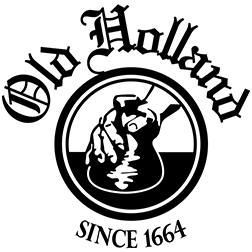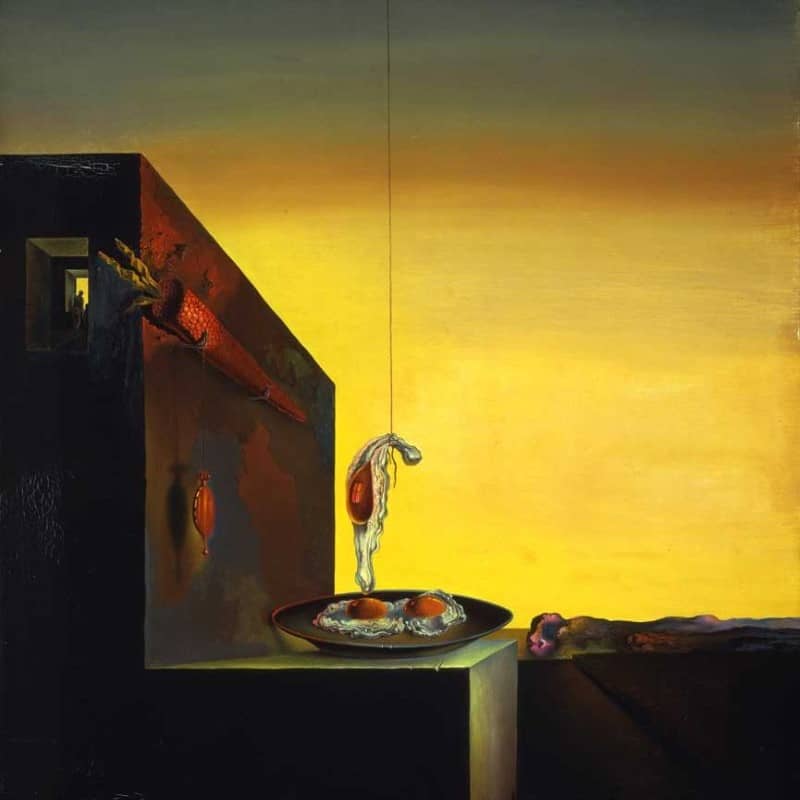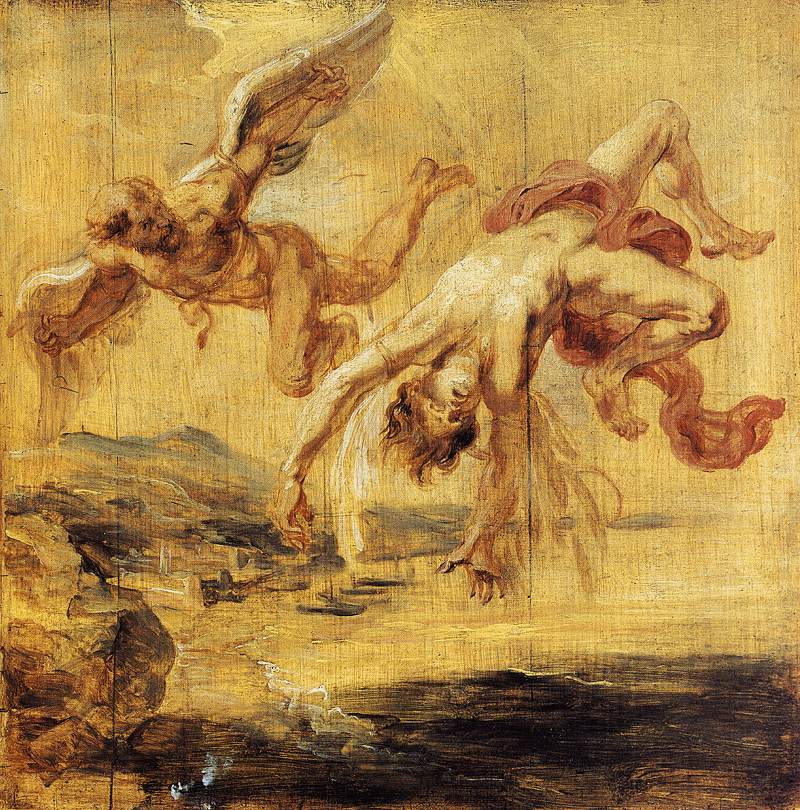
Prof. Theo de Beer about Naples yellow
In the section “Prof. Theo de Beer about ….” we share with you articles from the unpublished book of Professor Theo de Beer “Everything about art materials”. Prof. Theo de Beer managed the Old Holland company from 1982 till 2000 and made a huge contribution to its development.
Naples yellow (also called antimony yellow) is probably named after the city of Naples. The Persians were already using antimony yellow for painting ceramics 500 years before Christ. Artists only started using it around the year 1570. The name antimony yellow originated because antimony dioxide was heated together with lead oxide. This created a series of pigments that varied in colour from lemon yellow and bright light yellow right up to the colour of raw Sienna light. They are called Naples lemon yellow, light and dark respectively. The amount of antimony, which is added to the lead, in combination with the preparation temperature, determined the colour. The poisonous Naples yellow has not been used practically anymore since 1960.

The pigment is in itself lightfast, as the paintings of Rubens (1577-1640) prove. If the colour comes into contact with hydrogen sulphide, the colour becomes darker. The non-alkali fast Naples yellow is an opaque pigment that activates the drying of the oil. Just as with white lead, a strong elastic layer of oil paint is formed. Nowadays, Naples yellow dark, the most popular colour in the series, is replaced by lightfast pigments, such as chromium titanate yellow or zinc iron oxide yellow. It may also be copied from mixtures of a plurality of pigments, which produces a dirtier colour.

Check these colours for the Naples yellow pigment:
Old Holland Classic Oil Colours
B112 Napels Yellow Reddish Extra
New Masters Classic Acrylics
B613 Naples Yellow Reddish Extra
Old Holland Classic Watercolours






